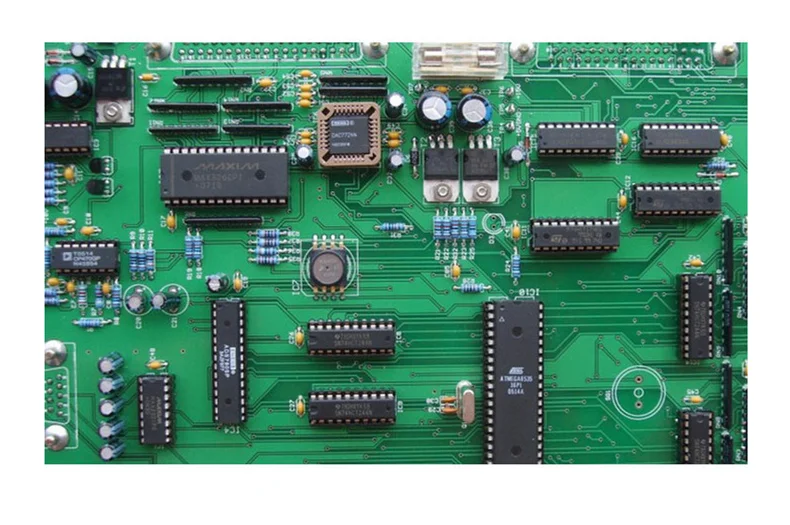Via is without doubt one of the essential parts of the multi-layer PCB circuit board, and the cost of drilling often accounts for 30% to 40% of the price of a PCB board. Simply put, every hole on a PCB can be called a through. If you treasured this article therefore you would like to receive more info with regards to PCB board why nicely visit our web-site. By way of course of, these vias are typically divided into three categories, namely blind vias, buried vias, and through vias. Located on the top and pcba backside surfaces of a printed circuit board, it has a certain depth and is used for the connection of the surface layer and the underlying inside layer. The depth of the outlet normally doesn’t exceed a certain ratio (diameter). Refers back to the connection gap located on the internal layer of the printed circuit board, which doesn’t prolong to the floor of the circuit board. The above two varieties of holes are positioned within the internal layer of the circuit board. Are completed by the via-hole forming course of before lamination. During the formation of the via gap, a number of inner layers could also be overlapped. This gap runs by means of the entire board. Can be used for internal interconnection or as a mounting hole for parts. Because the via-hole is simpler to understand in the method and the cost is decrease, many of the printed circuit boards use it instead of the other two kinds of by means of holes. The via holes mentioned beneath are considered as through holes unless otherwise specified. From a design viewpoint, a by way of is mainly composed of two components, one is the drill hole within the center, and the other is the pad space around the drill hole. The size of these two elements determines the size of the via. Obviously, in high-velocity, high-density PCB design, it’s all the time hoped that the smaller the by way of hole, the better, so that more wiring area can be left on the board. As well as, the smaller the via gap, the smaller its personal parasitic capacitance. However, the discount in gap dimension also brings an increase in cost, and the size of the via gap can’t be reduced indefinitely. It is proscribed by process technologies such as drilling and plating: the smaller the outlet, the extra drilling. The longer the outlet takes, the better it’s to deviate from the center; and when the depth of the opening exceeds 6 occasions the diameter of the drilled hole, it is not assured that the outlet wall can be uniformly plated with copper. With the development of laser drilling know-how, the size of the drill hole may change into smaller and smaller. Generally, the by way of hole with a diameter of less than or equal to 6Mil is named a micro-gap. Micro vias are sometimes utilized in HDI (High-Density Interconnection) designs. Microvia technology allows vias to be immediately punched on the pad (Via-in-pad), which greatly improves circuit efficiency and saves wiring space. Vias seem as discontinuous discontinuities in impedance on the transmission line, inflicting signal reflection. Generally, PCB board why the equivalent impedance of the by way of is about 12% lower than that of the transmission line.
Generally, PCB board why the equivalent impedance of the by way of is about 12% lower than that of the transmission line.
